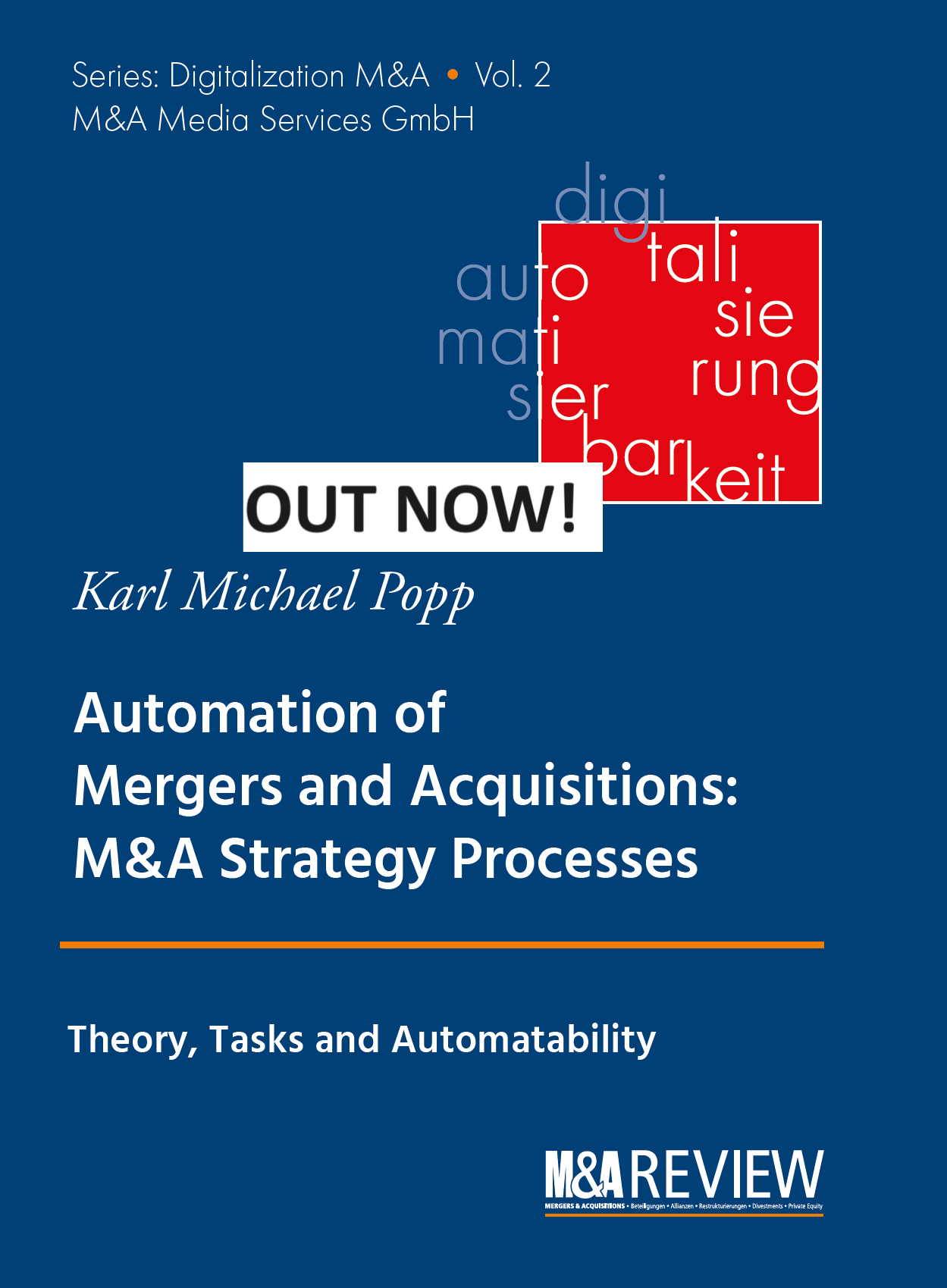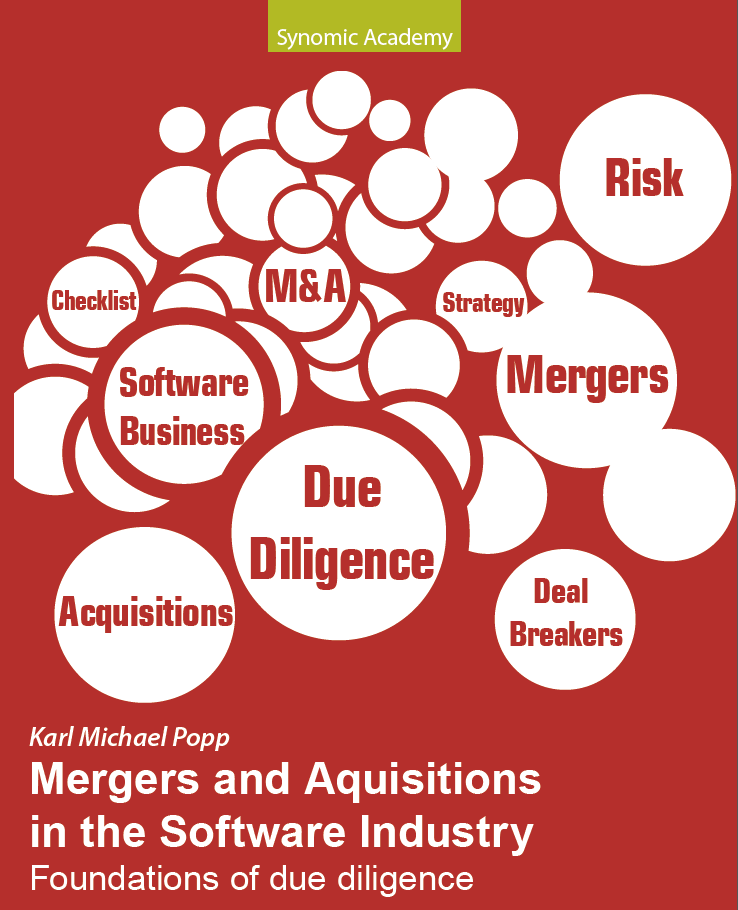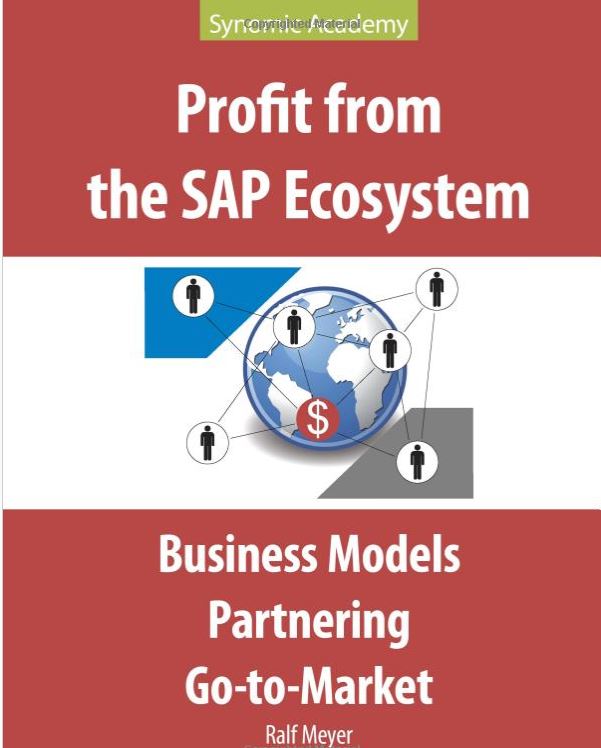Exploring Supply Chain Synergies in Mergers and Acquisitions
This blog is in the Top 25 M&A blogs worldwide according to Feedspot
A critical aspect of successful M&A deals is the realization of synergies—particularly in the supply chain sector. This blog post will explore the importance of supply chain synergies in M&A, including key strategies to maximize these synergies for business success.
What Are Supply Chain Synergies?
Supply chain synergies refer to the potential enhancements and efficiencies gained when two companies combine their supply chains in a merger or acquisition. These synergies often lead to cost savings, increased operational efficiency, and improved supply chain management, ultimately driving greater value and competitiveness for the merged entity.
Key Types of Supply Chain Synergies
1. Cost Synergies
- Economies of Scale: By merging, companies often increase their buying power, reducing costs for raw materials and logistics.
- Resource Optimization: Combining warehousing, logistics, and procurement functions can lead to significant reductions in duplicated efforts and expenses.
2. Operational Synergies
- Enhanced Capabilities: The integration of supply chain operations can lead to better technology adoption, unifying systems, and improving overall efficiency.
- Streamlined Processes: Merging supply chains can optimize processes by eliminating redundancy and improving coordination across the new entity.
3. Revenue Synergies
- Market Expansion: Leveraging combined supply chains can access new markets and customer segments more effectively.
- Product Innovation: Facilitated by shared resources, merged companies can innovate and develop products faster to meet market demands.
Strategies to Maximize Supply Chain Synergies
- Effective Integration Planning: Prepare a comprehensive plan that addresses integration challenges, including technology, personnel, and process harmonization.
- Focus on Digital Transformation: Implement smart technologies to enhance supply chain visibility, agility, and collaboration across different regions and partners.
- Continuous Monitoring and Adaptation: Regularly assess the integration process, making necessary adjustments to maximize synergies and ensure alignment with business goals.
Conclusion
Supply chain synergies are essential for the success of mergers and acquisitions, offering cost savings, operational efficiencies, and revenue growth. Companies aiming to harness these synergies need to adopt well-planned strategies that facilitate seamless integration. By focusing on key areas such as digital transformation, process optimization, and market expansion, organizations can significantly enhance the value derived from M&A activities.
For businesses looking to embark on the journey of mergers and acquisitions, understanding and leveraging supply chain synergies can be a game-changer, ensuring long-term success and competitive advantage in the marketplace.
Are you interested? sign up below and we will get back to you.
This text relates to my new book “Automation of Mergers and Acquisitions“.









